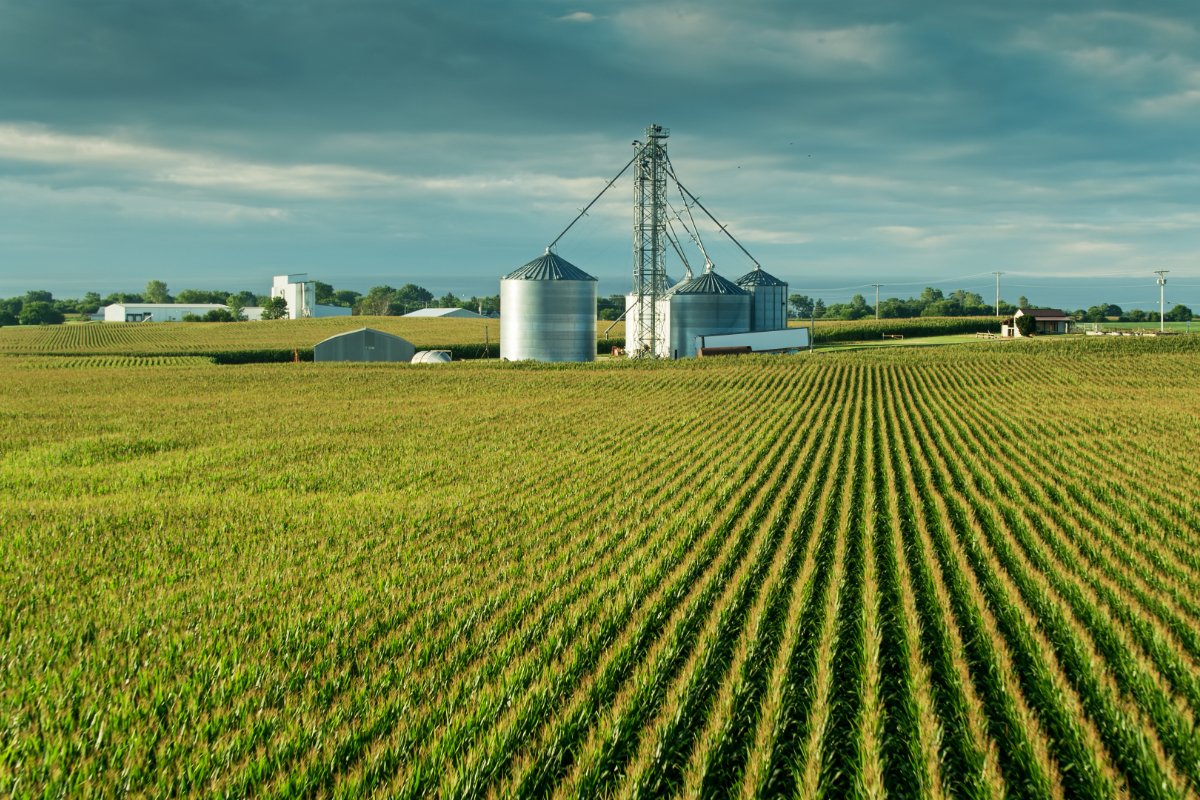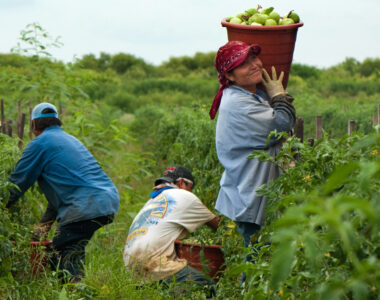
A Troubling Trend for U.S. Agriculture
Family farmers across the United States are facing mounting financial pressure. New data reveals that farm bankruptcies in 2025 have already exceeded the total number filed in all of 2024 — and the year isn’t over yet. According to the U.S. Courts, 361 Chapter 12 bankruptcy cases were filed in the first half of this year, marking a 13% increase over the same period last year.
Chapter 12 bankruptcy is designed specifically for family farmers and fishermen, allowing them to restructure debt while continuing to operate. But the surge in filings signals that many producers are struggling to stay afloat, even with that option in place.
Dairy and Row Crop Farmers Hit Hard
The majority of farm bankruptcies in 2025 are coming from dairy farms, followed closely by row crop operations in the Midwest. Wisconsin, Minnesota, Kansas, and Indiana are seeing the highest filing rates. In the South, cotton and poultry producers are also facing increased financial distress.
Farmers cite a combination of falling commodity prices, high interest rates, rising input costs, and extreme weather events as key contributors to their economic challenges. For many, profit margins have vanished entirely.
Rural Economies at Risk
As more farms file for bankruptcy, the ripple effect is spreading through rural communities. Local equipment dealers, feed suppliers, and processors are also feeling the pinch. Experts warn that the rising number of farm bankruptcies in 2025 could lead to a long-term decline in rural economic stability and food security.
Agricultural groups are calling for greater federal support, including improved access to credit, revisions to crop insurance, and stronger disaster relief programs.
The Path Forward
While some farmers are restructuring and downsizing to survive, others are turning to direct-to-consumer sales and online marketplaces to boost revenue and cut out the middleman. Platforms like Farm Trader are helping connect farms to nearby buyers, offering an alternative model that many see as essential in this environment.
Still, without broader policy change, the rise in farm bankruptcies in 2025 underscores the need for urgent attention. As one farmer put it, “We’re not just losing farms — we’re losing food security.”



